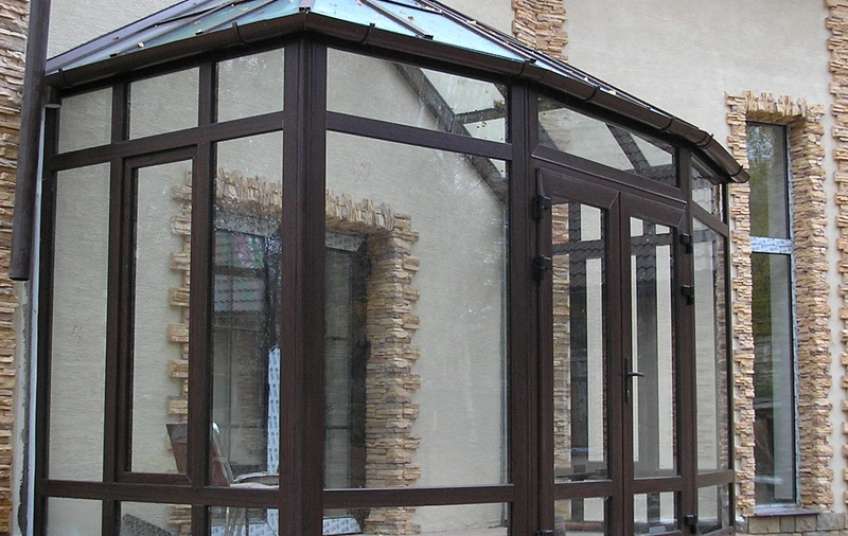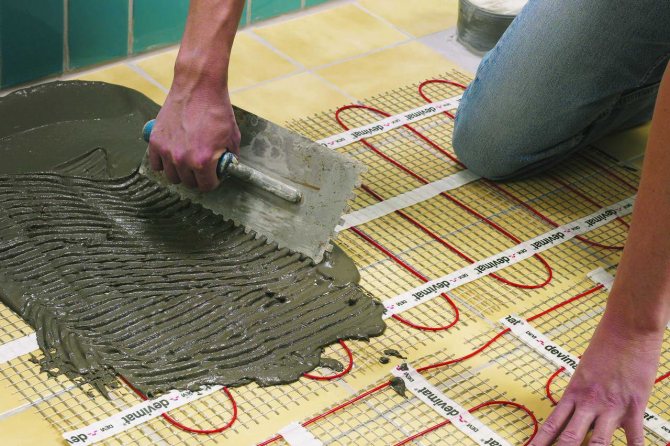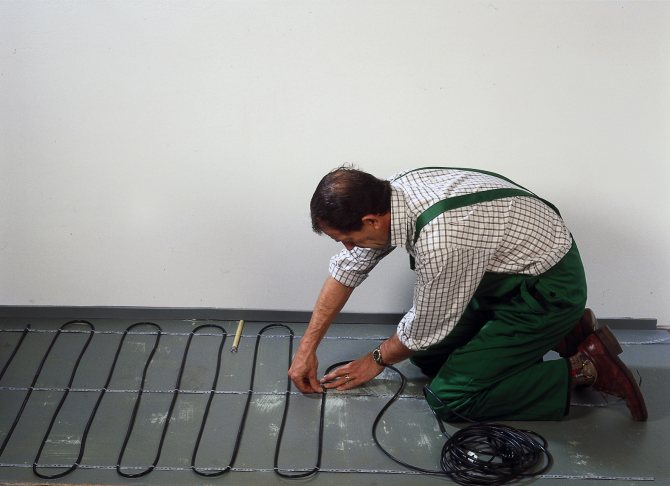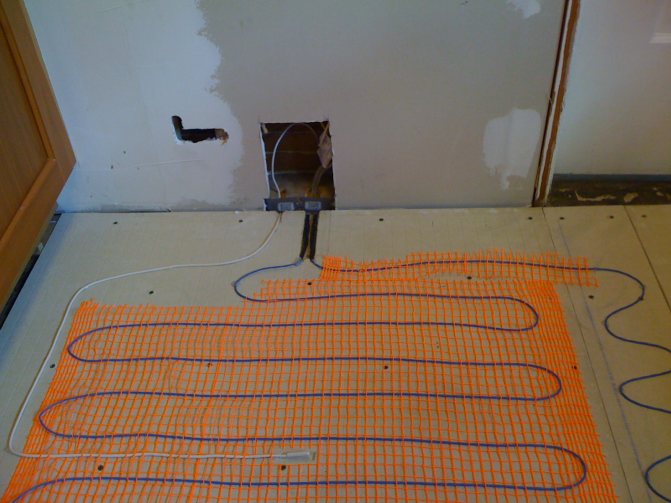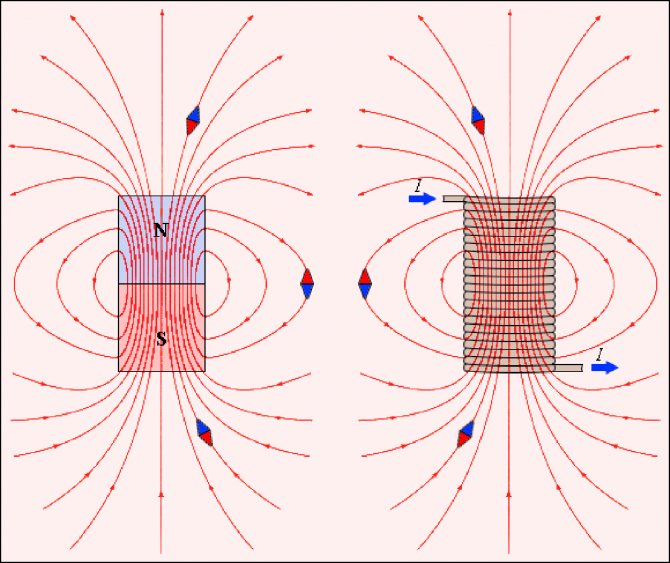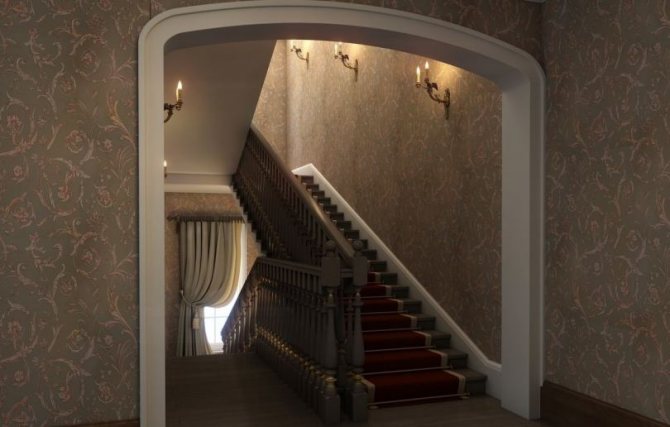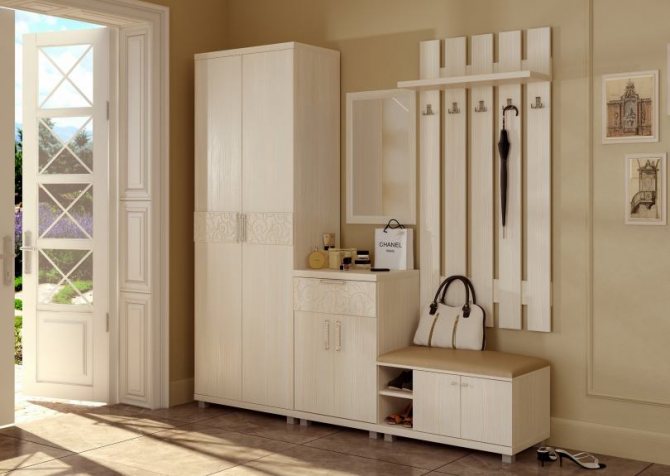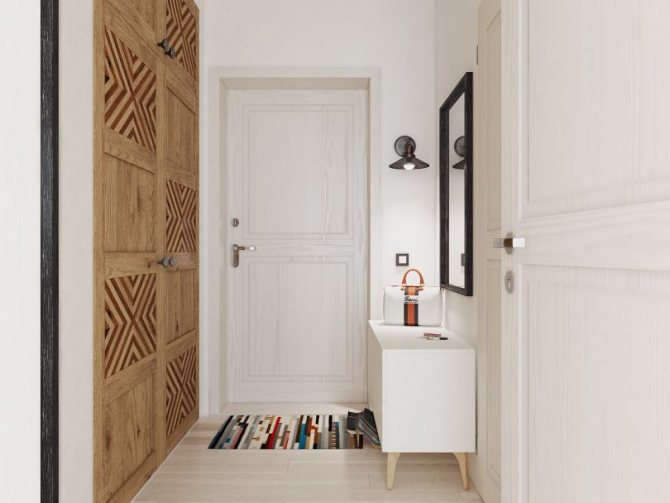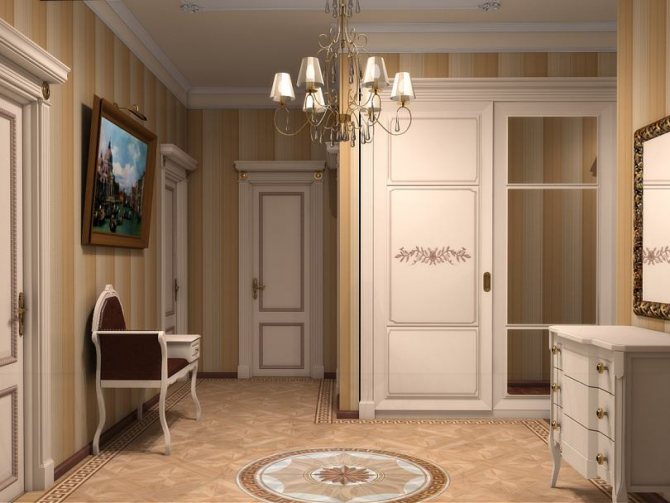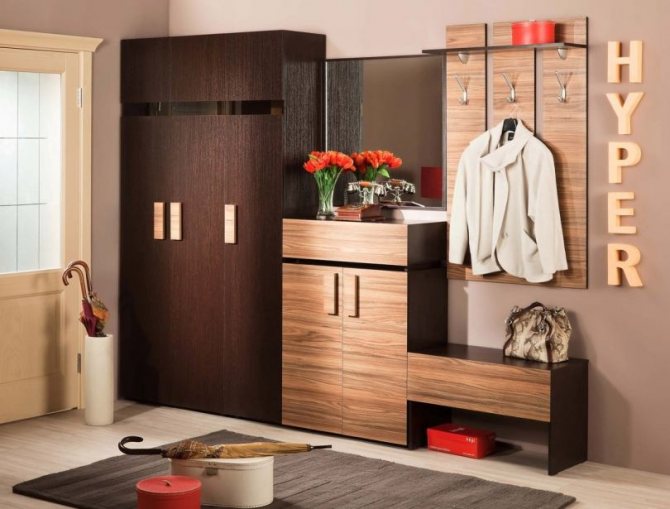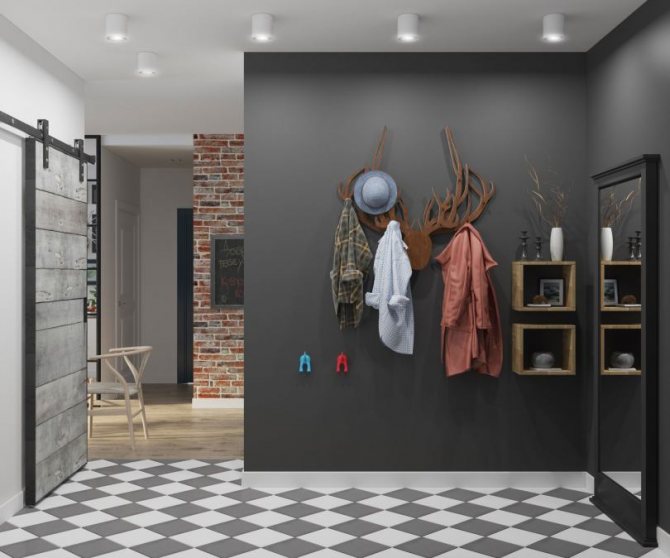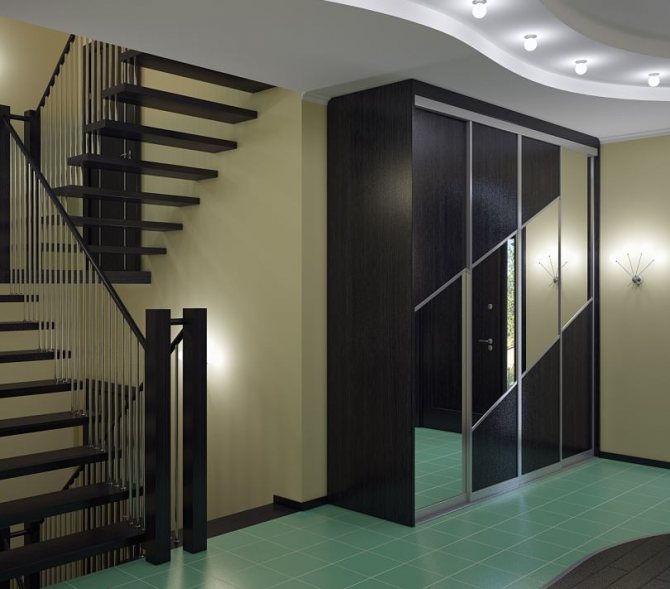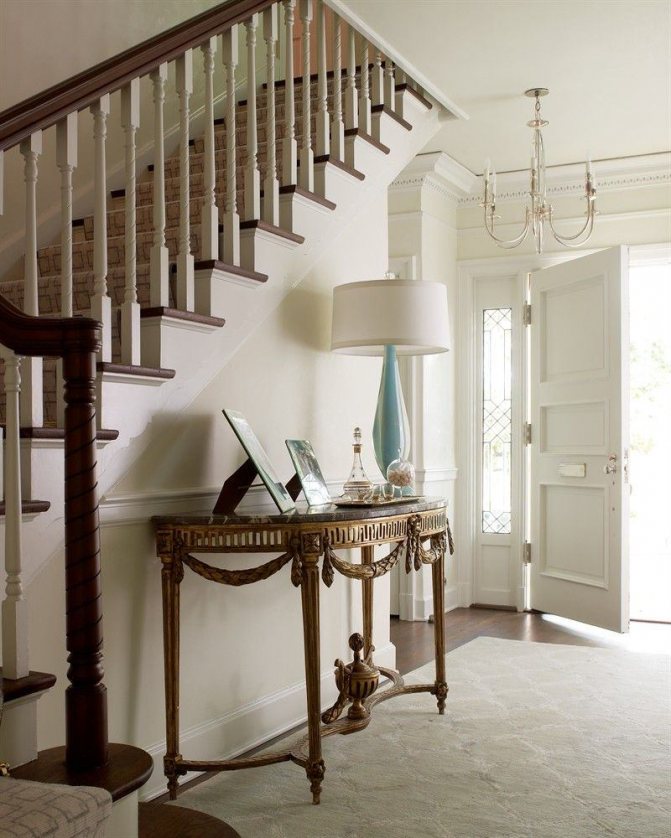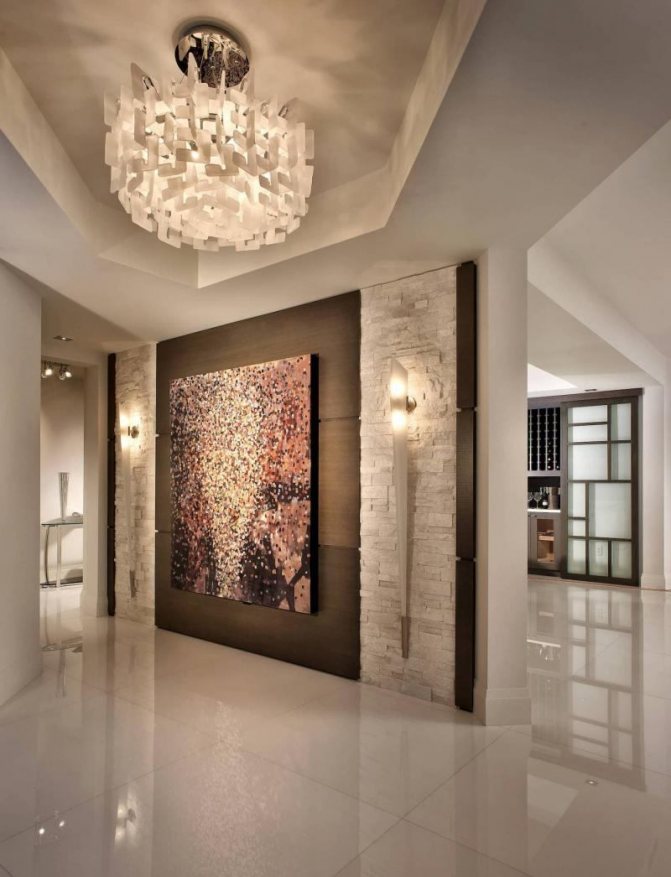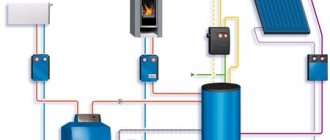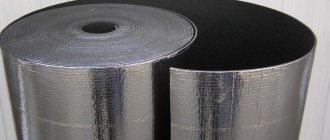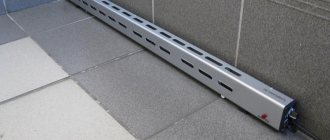Cause of cold floors
The batteries are hot, do not touch it with your hand, and you have to walk around the apartment in woolen socks or slippers. The fact is that the batteries heat the places near them, the heat, according to the law of physics, rises up and circulates closer to the ceilings, while the floors remain cold.
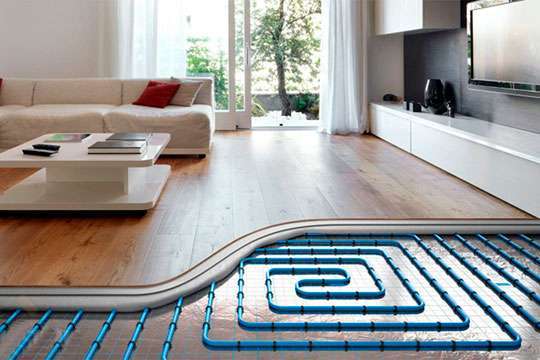
Even the installation of additional radiators does not save you from such a situation, the apartment will become hot, dry, there will not be enough oxygen for full breathing.
Selection of underfloor heating systems
Having decided to improve the underfloor heating, the main thing is to choose a suitable construction for heating. The selection depends on the option of flooring, financial capabilities, your own desires and who conducts the installation process (a team of employees, with their own hands).
Water heating


Layout of pipes of the hydraulic heating system
The floor heating system is used all the time: in office premises, apartments, houses. It in its own design has elastic plastic contours of pipes in which hot water moves. Heating changes with the usual room thermostat. If the installation process is done properly, the probability of leakage is equal to zero. The heating system has a low price, it does not have electromagnetic radiation.
Attention! This design takes into account the raising of the floor level to the height of the screed - up to 10 cm.
Electric heated cable floor


Layed wire in the hallway
The heating system consists of an electric cable (one-, two-core), laid under a concrete screed, and a temperature controller. The heating
best suited for installation under ceramic tiles, other coatings. They equip it in the hallway, kitchen room, bathroom and even in dwellings. The advantage of such a system is not a difficult installation process, but the cable floor is costly to work due to the excessive consumption of electrical energy.
Electric floor heating mats
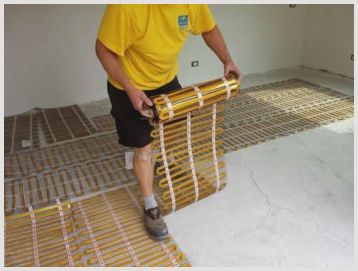

Laying mats
If you compare it with laying a floor from a cable, then the process of installing mats will be performed by any home craftsman. Mats lay down without screed - glue is applied. In such a heating system, an electric cable is placed on the grid with the required pitch. Thanks to this, it remains to cut the mesh, place the mats. The main thing is to make sure that the loops of the electric cable do not intersect with each other, do not touch each other. The disadvantage of the system is that weighty objects (chest of drawers, wardrobe) are not placed on the mats, thanks to this, you will have to design the arrangement of furniture in the hallway in advance
Infrared heated floor
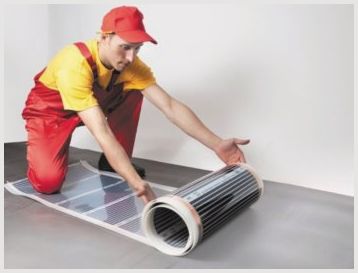

Heating Film Installation Process
Warm film floor is in demand because of the ease of installation. Anyone can install it with their own hands, especially that the manufacturer sells these products in sets. The installation kit includes electrical wiring, thermal foil, insulation, external water thermostat, temperature sensor. The system operates on the basis of infrared radiation. Such heating installed under ceramic tiles, carpet and other coatings. It is suitable for installation in the corridor: electricity costs are low, no concrete screed required. And most importantly, in the event of a breakdown of some part, the heated floor continues to work in normal mode.
The choice of which heated floor needs to be placed in the space of the corridor, of course, is for the owner of the house, but financial investments will pay off in the first place with convenience and comfort.This allows you to raise the temperature in the space of the corridor and the apartment during the cold season.
Heated floor in the hallway:
Restrictions for additional heating
But for the installation of underfloor heating in apartments, there are restrictions from SanPI.
In standard city apartments, it is not allowed to replace batteries for heating with water, since connection to central heating is not possible. This is prohibited by the housing code, and the neighbors from below will not give consent.
The inhabitants of the first floor, if no one lives below and there are no industrial premises, can allow floor heating with hot water in pipes. In private houses with individual autonomous heating, the arrangement of water heating is allowed, for them this is an excellent option.
Recommended: Which is better, underfloor heating or radiators?
Electric heating
The electric version of heating is also considered one of the lucrative options as it has a reliable power source. Although it must be remembered that sometimes natural disasters occur and electrical energy is not available due to the disruption of its transmission systems.
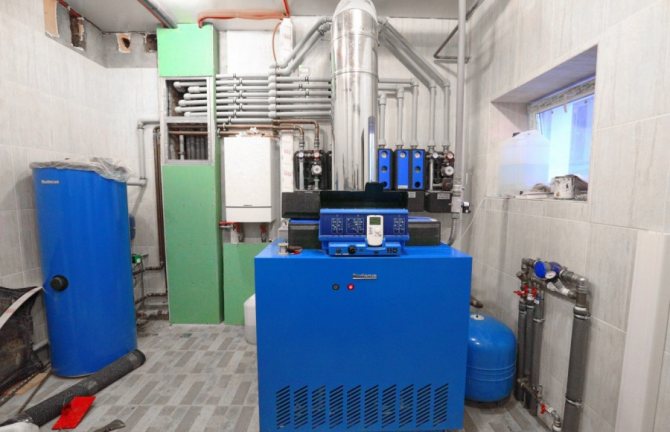

But nevertheless, electric heating of a private house is often used by Russians as the main way of creating comfortable living conditions on its territory. For this, electric convectors, shelf infrared long-wave modifications of heaters and a "warm floor" type system are used.
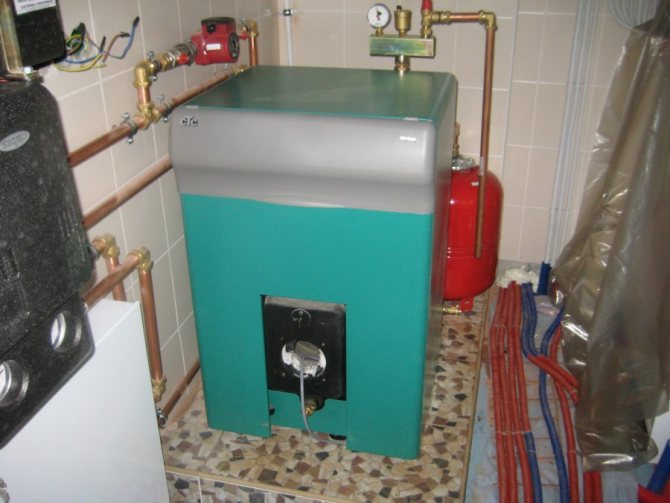

In order to somehow save on their installation, it is desirable to carry out mathematical calculations, it is necessary to find out what area will have to be heated and, on the basis of this, calculate how much energy is required for the comfortable operation of the selected version.
Because of this, it is recommended to use electric convectors without the involvement of the boiler and the water system. In practice, they turned out to be much more economical.
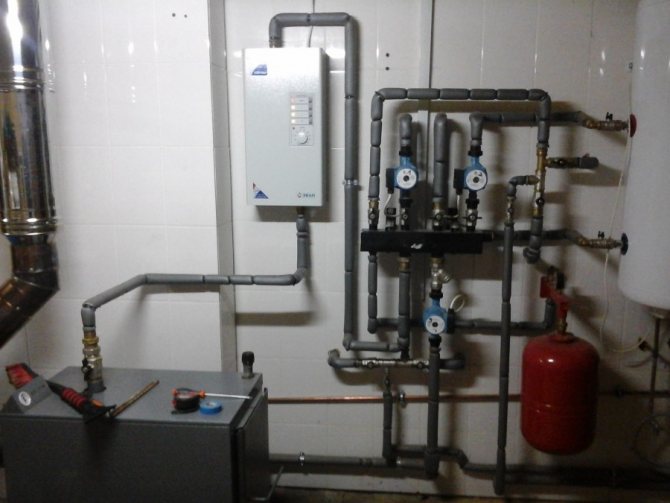

Do you need a warm floor?
Of course you do.
Firstly, these floors are more energy efficient. With them, a large area heats up at a lower cost.
Secondly, such floors evenly heat the air over the entire area of the room, without overdrying it, and eliminate moisture.
Thirdly, without heating devices, the interior in the room looks completely different, it is easier to clean, there is no source of dust "in the accordion" of the radiator.


When the room is heated from below, from the floor, then much less energy from electrical appliances is required to warm the room, and the effect is greater.
This means that this proves that the arrangement of a warm floor is more effective than batteries of the same type. Heating a room on water is much more efficient than standard batteries in apartments, electric mats, cables, infrared films heat the room better than electric radiators.
Benefits of underfloor heating
- They create comfort, especially they help out when they turn off the central heating in the early spring, and turn it on late in the fall;
- The general view of the interior looks aesthetically pleasing, the wires are not visible, they remain under the floor covering;
- Environmentally friendly and harmless;
- They are characterized by versatility. They can be equipped with any floor covering: linoleum and parquet, laminate and ceramic tiles;
- Heating mode can be adjusted with a special thermostat;
- Good for the health. In rooms with warm floors, adults and children are rarely exposed to colds.
Where in the apartment do you need underfloor heating?
The area covered with ceramic tiles requires mandatory heating.
Bathroom
Walking barefoot on cold tiles in the bathroom is not entirely pleasant. Although the air in the bathroom becomes warm from the steam of hot water, it is possible to catch a cold after taking water procedures, this is especially true for young children.
Kitchen
Underfloor heating is essential in the kitchen.A woman spends several hours cooking in it, and she needs comfortable conditions.
Children
The third place in the apartment where you need to install floor heating is a nursery, if the flooring is made of laminate or linoleum. Children love to play on the floor and often catch colds afterwards.
Recommended: How to make underfloor heating from central heating?
It is necessary to equip warm floors in the nursery to preserve the health of the kids. It is recommended to install an infrared film in the nursery, unlike others, it does not require a concrete screed.
Loggia
On an insulated balcony or loggia, it is imperative to equip warm floors.
The floors in the loggia, even if it is insulated, are always cold. Heaters will not be able to provide it with the required heat. The floors will be so cold that it will be uncomfortable even with woolen socks.
And no heating device will be able to warm them up, because the heaters heat the air around them, and the heat goes up to the ceiling.
Hallway
After a cold street, it is very pleasant for your feet to be in a hallway with warm floors. The air from the floor heating will be a kind of thermal curtain from the cold air from the hallway doors. And the shoes will dry here in the morning without additional hassle.
Living room
While at home, people spend most of their time in the living room. Sitting on the couch, in an armchair, they read books, watch TV, do their favorite things at their leisure. Here guests are received, among whom there may be persons susceptible to colds.
It is recommended to equip a warm floor in the living room not over the entire area of the room, but only in places where people will be. That is, you should not mount appliances for heating a room under sofas, armchairs and other furniture.
Where heated floors are not needed?
In the sleeping room, a person sleeps, resting after a hard day. To benefit from a night's sleep, a person must sleep in a cool room with a temperature within 18 degrees.
Therefore, it is impractical to install underfloor heating in all rooms of an apartment and house, somewhere they are not needed at all, even harmful. The issue of additional heating using a floor heating system must be approached reasonably.
In a room with dry, excessively warm air, a person will feel lethargic in the morning, some will suffer from headaches. Therefore, the only place in the apartment where floor heating must be abandoned is the bedroom.
We recommend: How to fill underfloor heating?
Scheme development
To carry out heating in a private house with your own hands, you need to create a plan and make a preliminary calculation. The scheme is drawn up in this order:
- Draw up a drawing of the house.
- Zoning is carried out, a comfortable temperature for each room is calculated, and heat loss is determined.
- Choose the type of batteries, their placement in the rooms, the number of sections.
- Choose a wiring - one-pipe or two-pipe.
- Determine the type of boiler, power, amount of materials, taking into account the stock.


Note! The house drawing is individual for each building. You can make it yourself on a sheet of paper or in specialized computer planning programs. You can order a project from construction companies, but this is a big additional cost.
Zoning
The correct distribution of heat in the house will ensure a comfortable living.
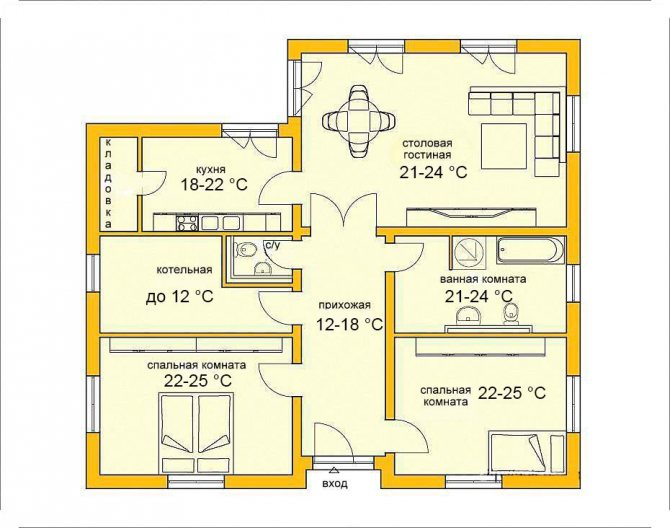

The temperature is chosen based on the type of rooms:
- The general temperature for a comfortable stay is in the range of 20-24 ° C.
- The bedroom is a zone of minimal activity. Therefore, the heat level can be increased to 25 ° C.
- In places of frequent visits (guest room, bathroom), the temperature is kept within the average heating level.
- In the dining room and kitchen, the heat is limited to 22 ° C.
- The entrance hall and garage do not require strong heating, since in these rooms a person is usually dressed in street clothes. To achieve the desired level of comfort, 12 ° C is sufficient.
Note! Each tenant feels the temperature differently. The level of heat is changed depending on their own preferences.
Calculation of heat loss
Heat consumption for heating walls and vulnerable areas of the house depends on the materials of manufacture. The tables will help you establish and compensate for heat loss.
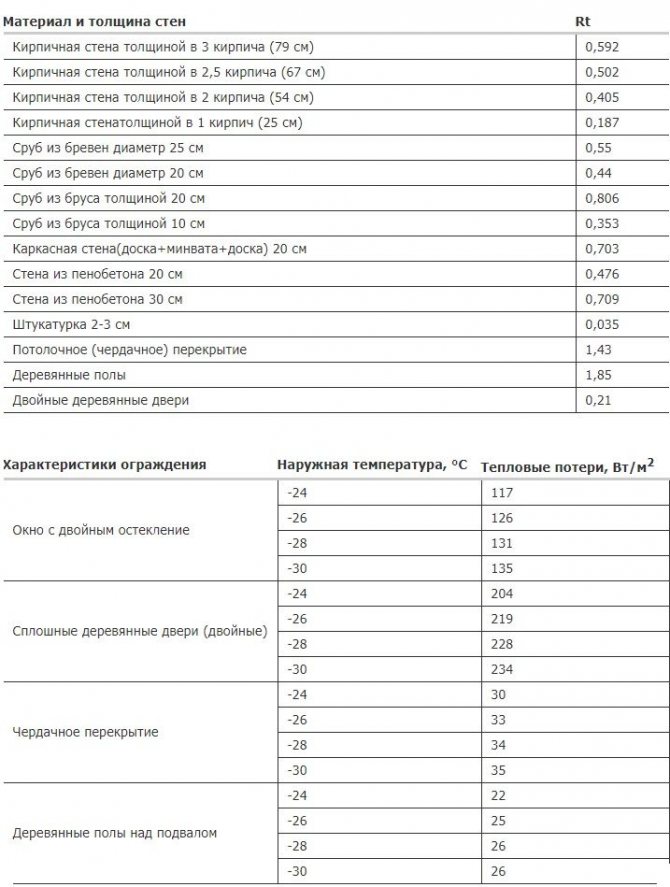

Battery selection
The type of radiators is responsible for the durability and reliability of the system, the rate of room heating. Therefore, the choice of batteries should be approached responsibly. The most popular radiators are of 4 types:
- cast iron;
- aluminum;
- steel;
- bimetallic.
Cast iron batteries are considered the most durable and reliable. They stand up to a long service life. The disadvantages include high weight, complexity of installation and cleaning, long warm-up.


Installation of aluminum radiators is simple due to the low weight of the sections. But the material itself has low strength and quickly breaks down. Steel batteries are more reliable, but poorly transfer heat to the environment.
The best option is considered to be bimetallic radiators - a steel base with aluminum jackets. This type combines the best features of both materials - high heat transfer and structural strength. Recommended for use in private homes.
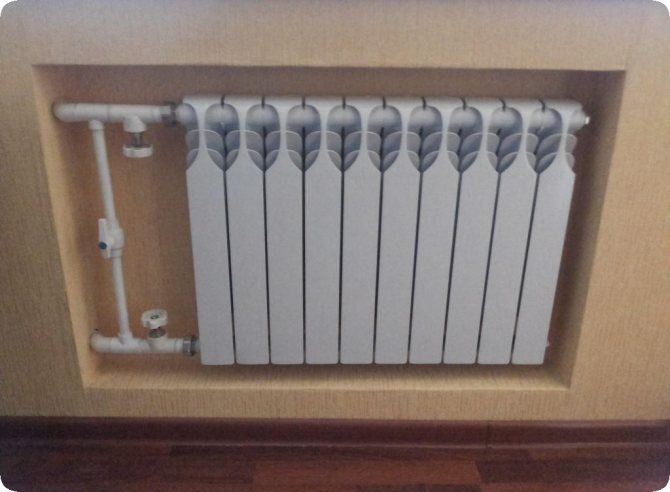

Important! For a simple calculation of the number of batteries, the following formula is used - 1 section for every 2 sq. m. area. This rule is true in houses with shelf heights up to 3 m. To change the room temperature, the number of sections is reduced or increased.
After calculations, the distance between the connection points is measured. This will help determine the number of PP pipes, adapters and fittings.
Warm floors in the bath
It is advisable to equip floor heating in the dressing room and washing room. Why? In the bath, heated floors create a comfortable microclimate during water procedures, dry wood, preventing biological destruction from fungal plaque.
The bathhouse is characterized by high air humidity, the floors in it get very wet. To ensure the safety of walls and floors from decay, to prevent the formation of fungi and mold, it is necessary to dry the bath. Especially in the cold period, the floors, even in a hot bath, are cold.


For a bath, heating with a water floor is best suited, which is mounted between the base (concrete or wooden) and the floor covering.
Hot water from a gas boiler or central heating circulates through flexible plastic pipes and heats not only the floors, but also the air in the room. The water floor is economical, environmentally friendly, there is no electromagnetic radiation in it.
But in winter time it is necessary to monitor the timely discharge of water from the pipes. The energy of the sauna stove can be used as a heat source. The pipes are laid with a snake, double snake, snail or corner snake.
Underfloor heating system common and differences
Now stores offer different types of equipment and appliances for installing underfloor heating in homes. It is necessary to carefully study the useful information about the system and make the right choice. Electrical versions have negligible electromagnetic radiation.
But heating cables, mats can be installed anywhere. Water-based floor heating is suitable for new buildings with autonomous heating systems or in private residential buildings.
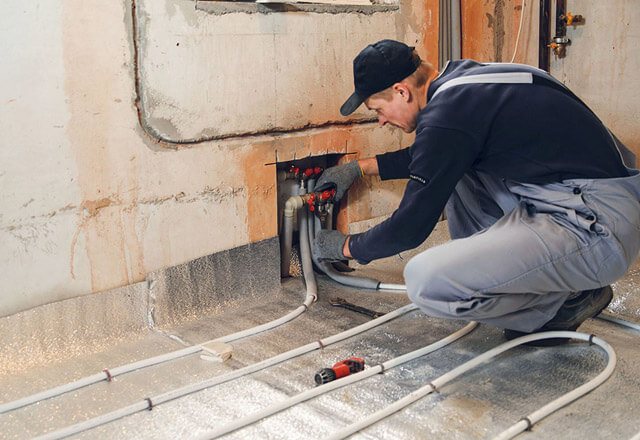

Such floors are installed in country houses, where you can choose any system: water or electricity. Water-type installation is possible under any type of floor covering.
Those wishing to equip themselves with additional floor heating can study video materials on the Internet.
You won't surprise anyone with the technology of space heating with the help of warm floors, it has become popular for a long time.
- Similar posts
- How to connect a warm floor?
- What equipment is needed for a water heated floor?
- How to install a water-heated floor?
- What are the myths about the dangers of underfloor heating?
- What should be the liquid for the warm floor?
- How to turn on the warm floor?
What are the options?
It all depends on the type of coolant chosen, since it is he who transfers heat to the living room. You are probably familiar with stove heating and you know that it is not capable of creating full-fledged heating of an entire home or even one room.
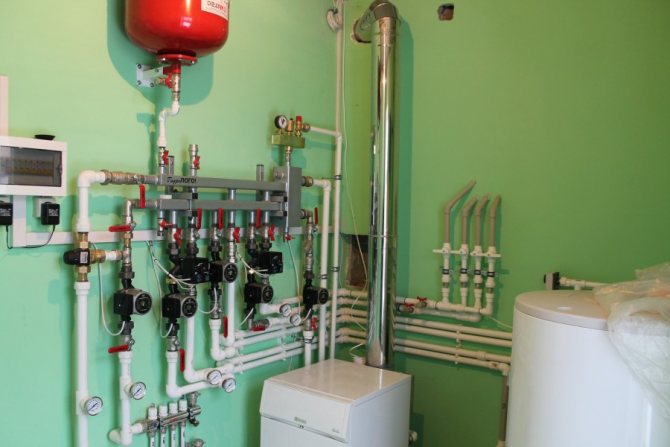

In any case, it will be warm only in the immediate vicinity of the oven itself. This is the essence of our entire conversation - we will talk about systems that create uniform heating for all living rooms.




